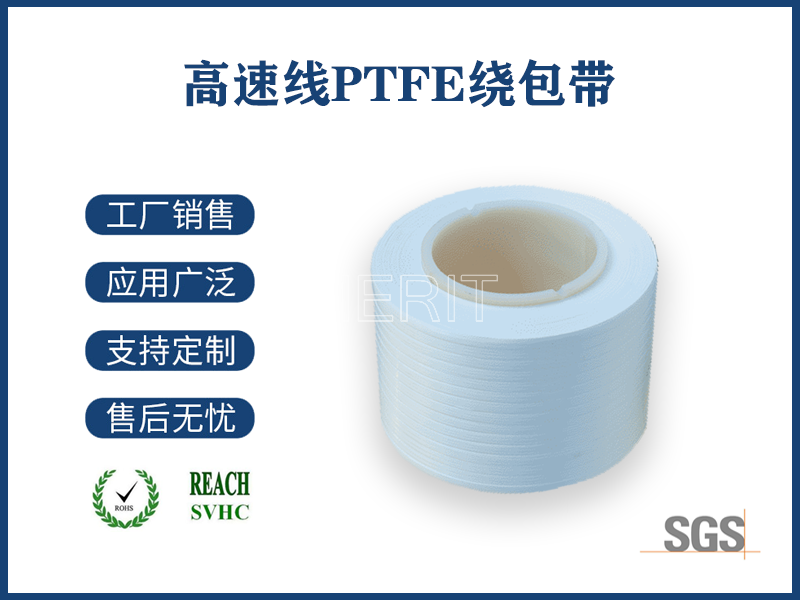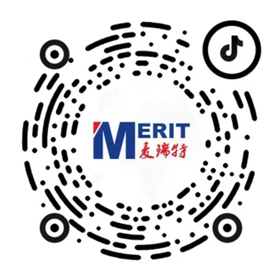Transparent Polyimide Film: The Invisible Backbone of Next-Gen Flexible Electronics
In an era where foldable smartphones, rollable displays, and wearable health monitors are redefining human-machine interaction, one material quietly powers this revolution: transparent polyimide film (CPI). Often overlooked by end-users, this high-performance polymer has become the unsung hero enabling devices to bend without breaking and screens to flex without shattering. As industries push boundaries toward thinner, lighter, and more durable designs, CPI emerges as the critical enabler—combining optical clarity with unmatched thermal and mechanical resilience.
What Makes Transparent Polyimide Film Unique?
Polyimides have long been celebrated for their extreme temperature resistance (withstanding -269°C to over 400°C) and chemical stability. However, traditional polyimide films are amber-colored due to conjugated molecular structures that absorb visible light. The breakthrough came when researchers modified molecular chains to reduce chromophores while retaining inherent strengths. The result: colorless polyimide (CPI) that achieves over 90% transmittance in the visible spectrum—comparable to glass but with 1/10th the weight and 100x the flexibility. Key properties driving CPI adoption:
- Ultra-high thermal stability: Maintains integrity at soldering temperatures (>300°C), ideal for flexible printed circuits.
- Low CTE (Coefficient of Thermal Expansion): <20 ppm/K, matching silicon wafers to prevent microcracks in semiconductor packaging.
- Mechanical toughness: Tensile strength exceeding 200 MPa, outperforming PET and PEN films.
Revolutionizing Industries: Where CPI Shines
1. Flexible Displays
From Samsung’s Galaxy Z Fold series to Xiaomi’s Mix Fold, CPI serves as the cover window for foldable OLEDs. Unlike rigid glass, CPI withstands over 200,000 folding cycles while resisting scratches. Corning’s Willow Glass, despite its flexibility, can’t match CPI’s impact resistance—a critical factor for pocketable devices.

2. Wearable Electronics
Medical patches with embedded sensors now utilize CPI substrates to conform to skin contours. A 2023 IDTechEx report highlights CPI’s role in enabling ultra-thin (<50μm) biosensors that monitor glucose levels or ECG signals continuously without skin irritation.
3. Automotive Innovation
Electric vehicles demand lightweight materials for extended range. CPI-based flexible heater films are replacing conventional wire systems in steering wheels and seats, reducing weight by 60% while enabling zonal heating. BMW’s iX series employs CPI in curved touch panels, surviving -40°C to 85°C operational ranges.
4. Aerospace Applications
Satellites leverage CPI’s space-grade durability. NASA’s Mars rovers use CPI films as flexible solar array substrates, where radiation resistance and thermal cycling performance are non-negotiable.
Market Trends: A $2.7 Billion Opportunity
The global transparent polyimide film market, valued at $680 million in 2022, is projected to grow at a 19.8% CAGR through 2030 (Grand View Research). Three factors fuel this surge:
- 5G Infrastructure: CPI’s low dielectric constant (Dk < 3.0) makes it ideal for high-frequency flexible circuits in base stations.
- Mini-LED/ Micro-LED Adoption: As display makers transition from glass to flexible substrates, CPI demand in Taiwan and South Korea’s panel industries spiked 210% YoY in Q1 2024.
- Sustainability Pressures: With 34% lower carbon footprint than glass production, CPI aligns with EU’s Circular Economy Action Plan.
Technical Challenges and Innovations
Despite progress, CPI faces hurdles. Residual yellowness (b* value >1.5) remains an issue for premium displays. Companies like Kaneka and SKC Kolon PI address this through:
- Fluorine doping: Reduces light absorption by altering electron cloud density.
- Nano-imprint lithography: Creates surface textures that minimize reflection losses to <0.5%. Another frontier is self-healing CPI. Researchers at KAIST developed a film that repairs 80% of scratches within 10 minutes at 60°C—a potential game-changer for foldable devices.
The Road Ahead
As AR glasses demand optically clear yet bendable waveguides and IoT sensors require conformal substrates, CPI’s role will only expand. With major players like DuPont and Mitsui Chemicals investing $480 million in CPI production expansions by 2025, the material is poised to transition from a niche solution to a mainstream enabler of flexible electronics.





 产品手册
产品手册  客服
客服